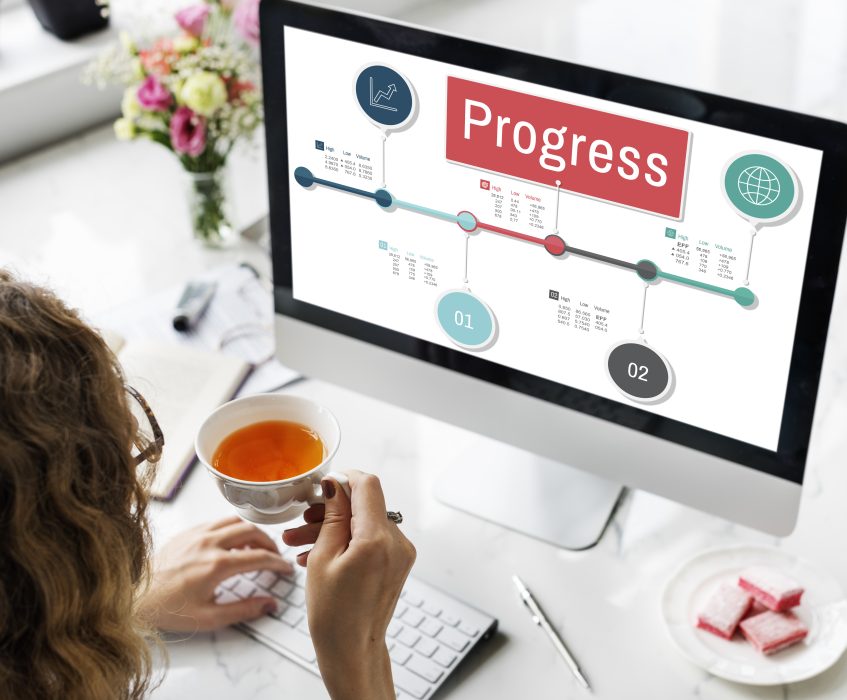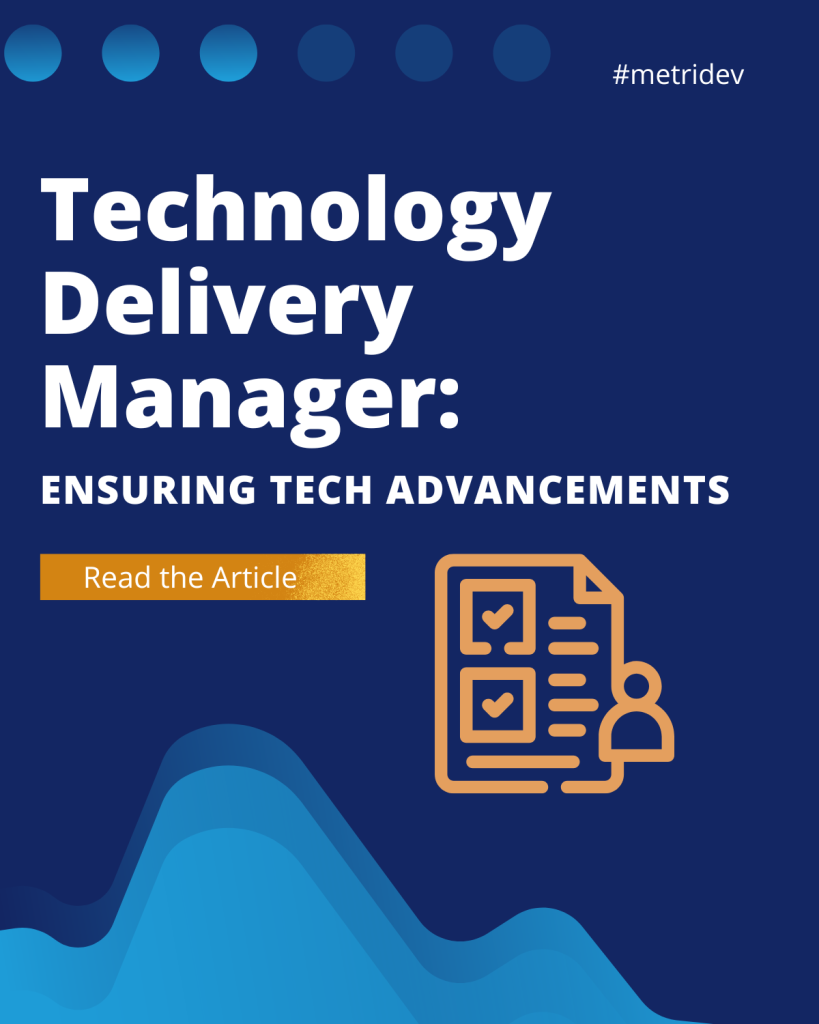Introduction to JIRA and its importance in project management
JIRA, an agile project management tool developed by Atlassian, has become a cornerstone in the field of project management. Its flexible and customizable nature allows teams to effectively plan, track, and manage their projects. JIRA’s popularity can be attributed to its ability to streamline workflows, enhance collaboration, and improve overall efficiency.
Understanding the concept of a workflow in JIRA
In the context of JIRA, a workflow represents the series of steps and statuses that an issue goes through during its lifecycle. It outlines the path an issue takes from creation to completion. Each step in the workflow can have specific rules, conditions, and transitions, ensuring that the issue progresses smoothly through the project.
Why is a best practice workflow important in JIRA?
Implementing a best practice workflow in JIRA is crucial for organizations seeking efficiency and success in their project management endeavors. A well-designed workflow ensures that all team members are aligned, tasks are prioritized, and work progresses seamlessly. It provides a standardized framework that enhances collaboration, minimizes errors, and reduces bottlenecks. By following best practices, organizations can optimize their JIRA usage and achieve desired outcomes.
What is the best practice for Jira workflow?
A best practice for JIRA workflow involves designing a workflow that aligns with the organization’s specific needs and processes. It requires a thorough understanding of the project management requirements, team dynamics, and the desired outcomes. The best practice workflow should be intuitive, easy to follow, and promote efficient collaboration. It should also incorporate feedback loops to continuously improve and adapt to changing circumstances.
What is the correct workflow process in Jira?
The correct workflow process in JIRA varies depending on the organization’s specific needs and project management practices. However, there are some general guidelines to follow. It is crucial to define clear steps, statuses, and transitions in the workflow. Each step should have a specific purpose and criteria for moving forward. Additionally, it is important to involve relevant stakeholders in the design process to ensure all perspectives are considered. Regular reviews and iterations of the workflow are necessary to refine and optimize its effectiveness.
Key components of a JIRA best practice workflow
A JIRA best practice workflow consists of several key components that contribute to its effectiveness:
1. Statuses: Statuses represent the current state of an issue. They can include “Open,” “In Progress,” “Under Review,” and “Closed,” among others. Clearly defined and meaningful statuses help team members understand the progress of the work.
2. Transitions: Transitions define how an issue moves from one status to another. Transitions should be well defined, logical, and reflect the actual workflow of the project.
3. Conditions: Conditions set criteria that must be met before an issue can transition to the next status. For example, an issue may require approval from a specific team member before moving forward.
4. Validators: Validators ensure that all necessary information is provided before an issue can transition. They help prevent incomplete or inaccurate data from progressing through the workflow.
5. Post Functions: Post functions automate actions that occur after an issue transitions to a new status. Examples include sending notifications, updating fields, or assigning tasks to team members.

Designing and implementing a JIRA best practice workflow
Designing and implementing a JIRA best practice workflow requires careful planning and collaboration. Transitioning into the discussion of the steps, here are some to consider: Firstly, identify project requirements by understanding the project management requirements, team structure, and desired outcomes. Secondly, map out the workflow by defining the steps, statuses, and transitions that align with the project’s needs. It’s important to involve relevant stakeholders to gather input and ensure a comprehensive workflow design. Thirdly, configure JIRA using its configuration settings to create the workflow. Define statuses, transitions, conditions, validators, and post functions according to the designed workflow.
Fourthly, test and iterate the workflow with a small group of users to identify any issues or areas for improvement. Gathering feedback and making necessary adjustments to optimize the workflow is crucial. Fifthly, communicate and train team members on the new workflow, providing training on how to effectively use JIRA within it. Encouraging collaboration and addressing any questions or concerns is essential. Lastly, continuously improve by regularly reviewing the workflow’s effectiveness and gathering feedback from users. Making necessary adjustments and improvements ensures ongoing efficiency and success.
What are 3 good practices when using a tool like Jira for software development?
When using a tool like JIRA for software development, it is important to follow these three good practices:
- Define clear issue types: Clearly define different issue types such as bugs, user stories, tasks, and epics. This helps in categorizing and prioritizing work effectively.
- Use agile boards: Utilize JIRA’s agile boards, such as Scrum or Kanban boards, to visualize and track the progress of work. These boards provide transparency and promote collaboration among team members.
- Regularly update and communicate: Ensure that all team members regularly update their work progress in JIRA and communicate any blockers or dependencies. This fosters transparency and helps in identifying and resolving issues promptly.
What are the phases of Jira workflow?
JIRA workflows typically consist of the following phases:
- To Do: This phase represents the initial state of an issue, where it is ready to be worked on.
- In Progress: In this phase, the issue is actively being worked on by team members.
- Under Review: Once the work is completed, the issue moves to this phase for review and approval.
- Closed: This final phase represents the completion of the issue, indicating that it has been resolved or implemented successfully.
These phases can be customized and expanded to fit the specific needs of the project.
Common challenges in implementing a JIRA best practice workflow
Implementing a JIRA best practice workflow may come with certain challenges. Transitioning into the discussion of these challenges, some common ones include resistance to change, complexity, and lack of training and support. Firstly, team members may resist adopting a new workflow due to familiarity with existing processes. Transitioning to address this challenge, it is important to communicate the benefits and address concerns to gain buy-in. Secondly, designing a workflow that accommodates all project requirements while remaining simple and intuitive can be challenging. Transitioning further, striking the right balance is crucial for successful implementation. Lastly, inadequate training and support can hinder the adoption and effective use of the new workflow. Transitioning to address this, providing comprehensive training and ongoing support is essential. By recognizing and addressing these challenges with appropriate strategies, organizations can ensure a smoother transition to a JIRA best practice workflow.
How many projects can you have in Jira?
JIRA allows organizations to create and manage multiple projects within a single instance. The number of projects that can be created in JIRA is virtually unlimited, depending on the licensing and infrastructure setup. However, it is important to consider the overall performance and scalability of the system when managing a large number of projects.
Tips and tricks for optimizing your JIRA workflow
To optimize your JIRA workflow, consider the following tips and tricks. Firstly, regularly review and refine the workflow, gathering feedback from users. Transitioning into discussing this tip further, making necessary refinements to improve efficiency and address any pain points is essential. Secondly, automate repetitive tasks using JIRA’s automation capabilities. This can save time and improve productivity, transitioning into highlighting the benefits of automation. Thirdly, integrate JIRA with other tools, such as version control systems or communication platforms, to streamline processes and enhance collaboration. This involves discussing the importance of integration. Lastly, leverage reporting and analytics features in JIRA to gain insights into team performance, identify bottlenecks, and make data-driven decisions. This transition emphasizes the value of data-driven decision-making. By implementing these strategies, users can enhance the effectiveness of their JIRA workflows and improve overall productivity.
How do you create a workflow for software development?
When creating a workflow for software development in JIRA, consider the following steps and ensure a seamless process. Firstly, identify key stages by determining the essential phases of your software development process, such as requirements gathering, design, development, testing, and deployment. Secondly, define status and transitions that align with each stage of the software development process. This step aids in tracking progress and identifying any blockers. Transitioning into the next step, incorporate feedback loops at various stages to gather input from stakeholders and make necessary adjustments.
Additionally, consider parallel workflows if your software development process involves multiple teams or parallel workstreams. This enables efficient coordination and management of tasks. Lastly, continuously improve the workflow by regularly reviewing and refining it based on feedback and lessons learned. Adapt the workflow to changing project requirements and team dynamics to ensure ongoing efficiency and success. By following these steps, organizations can enhance their software development processes in JIRA and achieve better outcomes.
Training and resources for learning more about JIRA best practice workflows
To learn more about JIRA best practice workflows, consider the following training and resources:
- Atlassian Documentation: Atlassian provides comprehensive documentation on JIRA workflows and best practices. Explore their official documentation for detailed insights.
- Online training courses: Several online platforms offer JIRA training courses that cover best practices for workflows. These courses provide hands-on experience and practical knowledge.
- Community forums and user groups: Joining JIRA community forums and user groups can provide valuable insights and tips from experienced users. Engage in discussions and seek advice from the community.
- Consulting services: If your organization requires specialized guidance, consider hiring consulting services that specialize in JIRA workflows. They can provide tailored recommendations and assistance.
Conclusion
Implementing a best practice workflow in JIRA is essential for organizations seeking efficiency and success in project management. By understanding the concept of a workflow, designing and implementing a well-defined workflow, and adhering to best practices, teams can unlock the path to efficiency and success. Leveraging JIRA’s key components, optimizing the workflow, and continuously improving it will lead to enhanced collaboration, minimized errors, and streamlined project management. With the right training and resources, organizations can fully leverage JIRA’s capabilities and maximize their project management potential. Start implementing a best practice workflow in JIRA today and experience the difference it can make in your organization’s success.
Discover how implementing a best practice workflow in JIRA can transform your project management. Read our article Jira Reporting Dashboard: Boosting Efficiency and Visibility and unlock the path to efficiency and success.









Leave a Reply